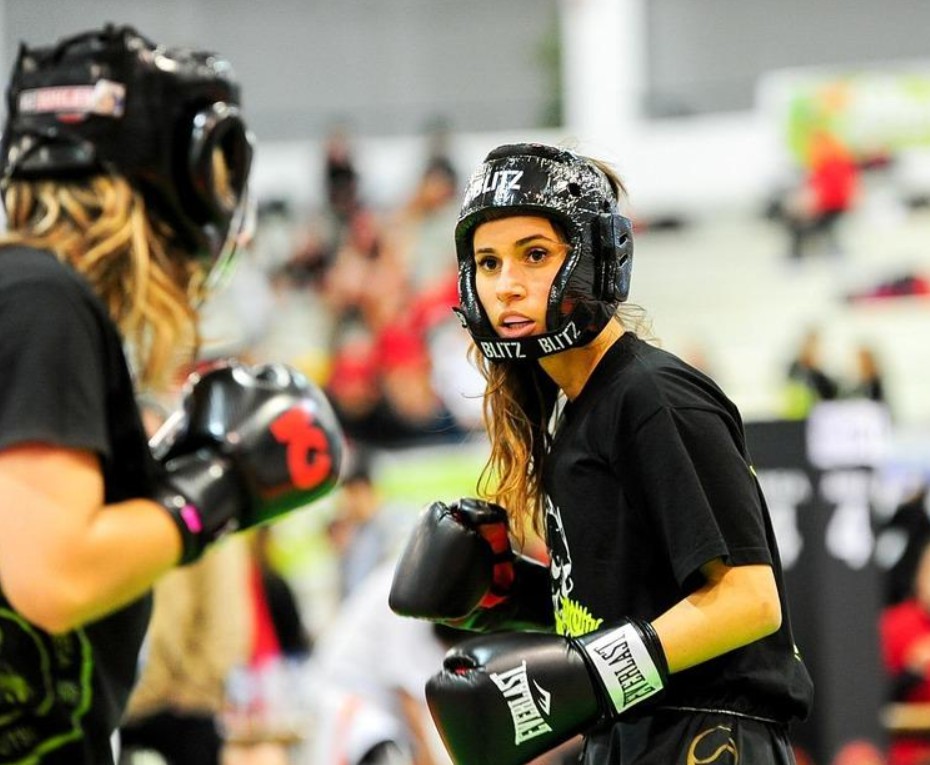The landscape of competitive sport hangs in the balance. Traditional binary formulations that have governed athletic competition for thousands of years are being challenged by contemporary applications of gender identity and biological sophistication. This transition—presumably one of the most significant paradigm shifts in sporting history—is forcing sporting governing bodies, athletes, and spectators themselves to question fundamental assumptions about equity, access, and what competition fundamentally is.
The Current Classification Conundrum
Modern sports management is being forced to tread an increasingly advanced tightrope. The traditional male-female polarity, previously believed to be immutable in competitive arenas, now must contend with growing scientific evidence and societal tolerance for gender’s less simplistic reality. International governing bodies like the IOC have begun implementing testosterone-guided policy initiatives designed to quantify and manage participation, but these practices have been controversial. The debate over the measures constitutes an even sharper contradiction between upholding competitive equilibrium and valuing human dignity.
The regulatory authorities must contend with physiological variables beyond mere testosterone levels. Muscle fiber type, bone density, and cardiovascular function are complicating variables that resist simple categorization. There are various online betting sites in Bangladesh that have carved out unique markets for sporting events by men and women, illustrating how deeply ingrained these categories are in popular imagination and competitive structures. The current search for competitive advantages requires sophisticated approaches that appreciate biological variability without reducing athletes to minutiae of physiological characteristics.
The interest in this discussion runs far beyond regulatory committees to the athletes themselves, who often provide the most subtle insight into competition and fairness.
Emerging Models for Athletic Classification
Progressive sporting organizations have begun exploring fresh models that can potentially bridge past gender divisions more effectively. Above all, new models consider relevant physiological traits, not binary gender. Combat sport weight classes present a venerable model—could this model be generalized to yield more equitable competitive frameworks?
Performance-based divisions provide a further appealing alternative. By structuring competitors according to demonstrated ability rather than gender identification, sport could trend towards truly merit-based competition. Experimental leagues in some cases have taken on qualifying standards that pay no attention to gender at all, allowing competitors to compete solely on the basis of their performance metrics. Incorporating diverse competitors into a single competitive system may well serve to solidify rather than diminish the integrity of sporting competition.
Most likely to be effective are those approaches that combine a number of physiological attributes. For example, one can envision swimming federations defining classes based on a combination of height, wingspan, and lung capacity—attributes directly transferable to performance in the water. Models such as these could revolutionize track competition, cycling, and other sports where certain physiological traits confer an advantage.
| Classification Approach | Advantages | Implementation Challenges |
| Hormone-based Categories | Addresses some biological factors | Oversimplifies complex physiology |
| Performance-based Divisions | Focuses on demonstrated ability | Requires extensive baseline data |
| Multi-factor Classifications | Accounts for diverse physiological attributes | Complex to administer consistently |
| Open Categories | Maximizes inclusion | May reduce competitive balance |
These new approaches remain in experimental stages, with regulatory agencies closely monitoring progress before widespread uptake. Such platforms and other sports gambling organizations like melbet have had some interest in these findings, aware that redefinition of gender categories can potentially revolutionize competitive environments across a broad range of sports. Such changes would necessitate corresponding adjustments in how competitions are structured, advertised, and, ultimately, how they are celebrated.
Social and Ethical Dimensions
Realignment of competitive categories is more than a matter of physiological concerns. Any real change has to cross hard social terrain and address issues of representation, opportunity, and the symbolic significance of women’s sport. How do we celebrate the hard-won status of women’s sports without forsaking more inclusive models? The issue must be approached with care by all parties involved.
Education will be key to facilitating public understanding. It will be essential for sports journalists, commentators, and administrators to report the scientific basis of emerging systems of classification. By pointing out how such systems are capable of enhancing, not diminishing, fairness, such stakeholders are able to steer public discourse from extremes to thoughtful understanding.
The path forward is one of harmonizing competing ethical requirements—justice, equity, custom, and innovation. These need not be in conflict; with careful planning and transparent implementation, novel competitive models could fulfill each principle simultaneously.
The Inevitable Transformation
Creation of sport gender categories appears not only possible but inevitable. Technological improvement in the measuring of physiology will likely leave increasingly subtle classification methods on the shelf, capable of transcending current limitations. Might the Olympic competition in 2032 be organized on entirely new models?
Sport competition at its essence confirms human potential and greatness. Through the reengineering of our competitive paradigms, we can perhaps create sporting cultures that more reflect human diversity without compromising the essential principles of fair competition. That adjustment—though undoubtedly not a simple one—is perhaps the solution to a more authentic expression of athletic excellence.
The issue is not whether sport will move beyond the old gender categories, but how well we shall manage this change. In the coming ten years, this development will be decided as strengthening or weakening the ability of sport to motivate, bring people together, and celebrate human potential in all its glorious variety.


